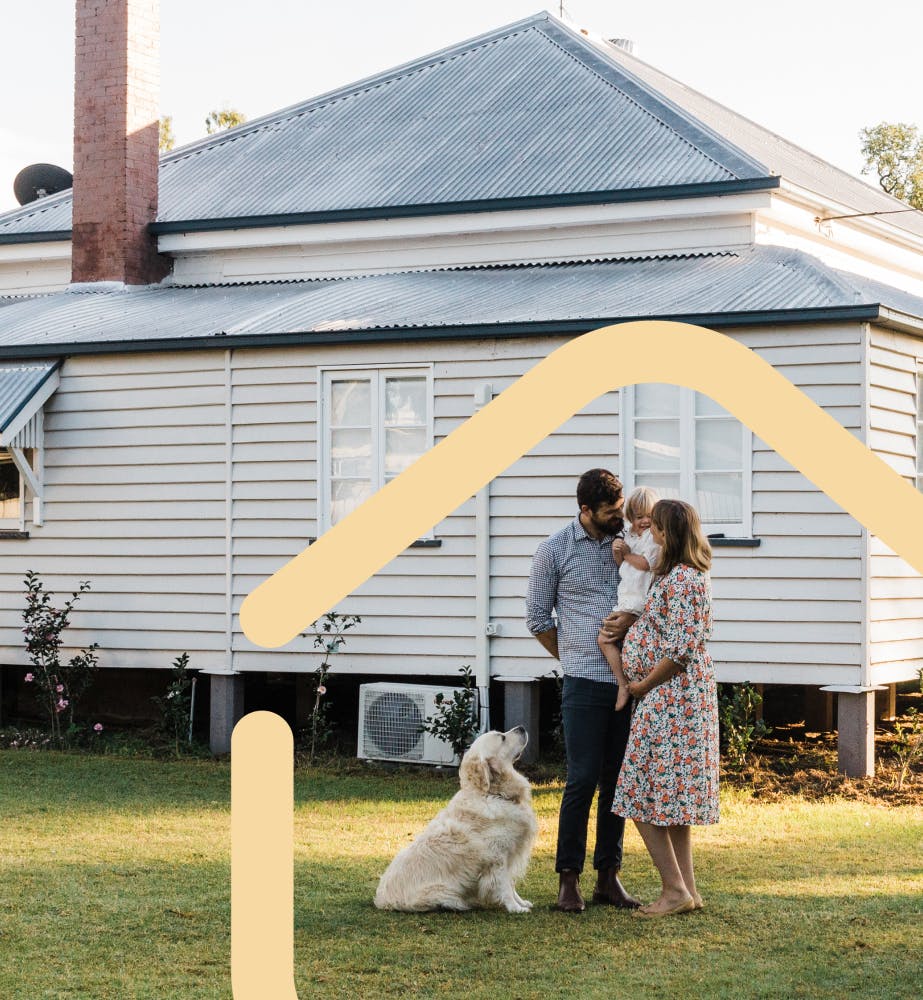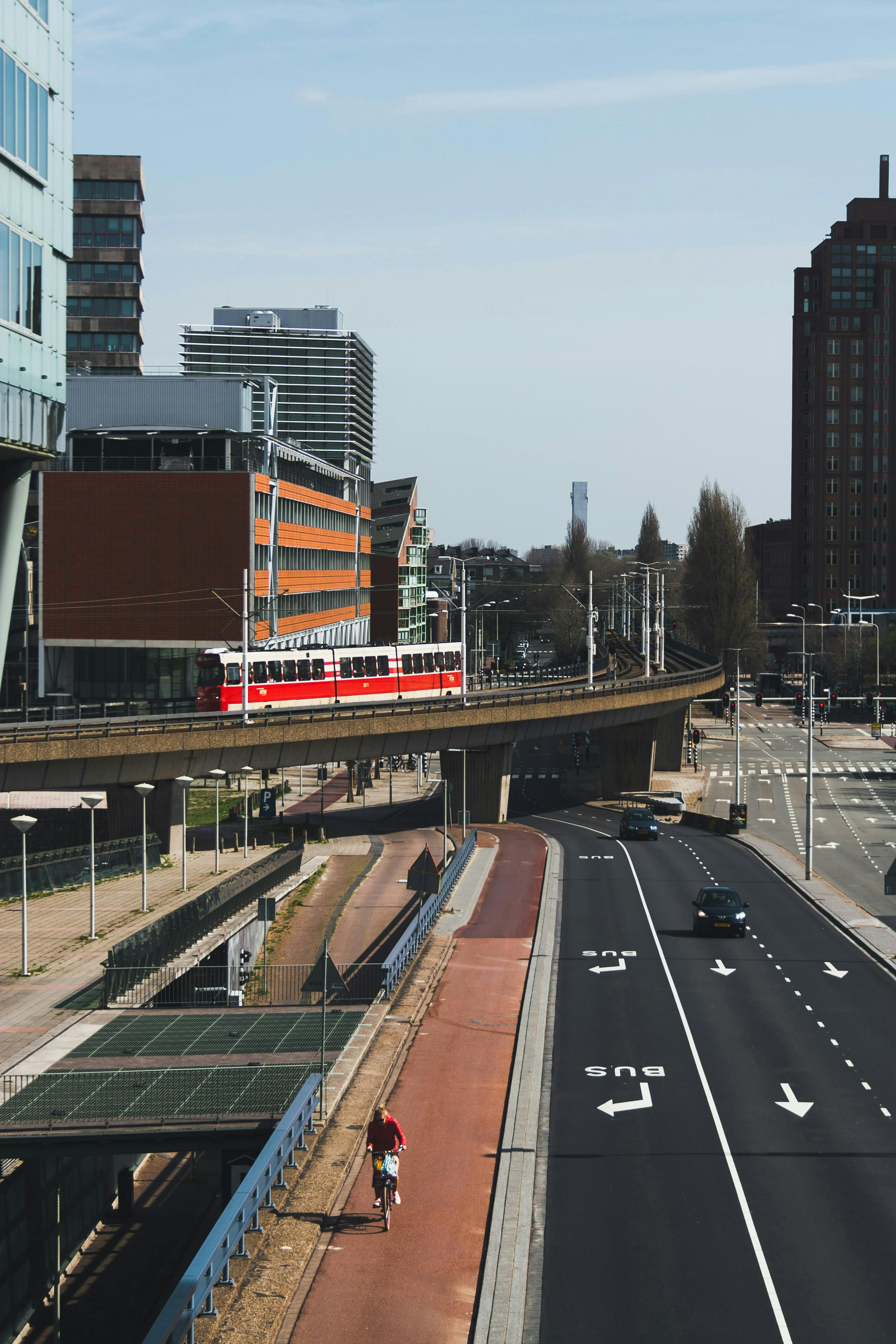The Infrastructure Sustainability Council of Australia (ISCA) is the peak industry body evaluating and advancing sustainability in Australia’s infrastructure.
Its goal is ‘improving the productivity & liveability of industry & communities through sustainability in infrastructure’ and it does this by awarding ‘credits’ for projects that meet certain sustainability requirements.
To meet its goal, ISCA uses its Infrastructure Sustainability (IS) rating scheme. The scheme’s rating tool, developed by ISCA, evaluates the sustainability of infrastructure projects and assets, and is increasingly being applied to major projects in Australia.
In the two to three years since the tool launched, Edge Impact has provided sustainability advisory services to more than 10 projects targeting an IS Rating. In that time we’ve learnt some key things about working with the IS Rating Tool on major infrastructure projects:
1. Get in early.
Many of the credits are either unachievable unless addressed early in project planning, or significantly more difficult to achieve if not addressed early. This is for good reason – real sustainability benefits come from embedding processes and opportunities early: optimising design, sustainable procurement contracts and early strategic planning of resource use in construction.
Big projects are like tankers – once they are on a specific course it’s not always easy to turn them around!
2. Be unafraid and unambiguous.
As a sustainability manager or similar, you are required to know a range of topics from environmental discharges and monitoring, to stakeholder engagement, to sustainability in design. You won’t be an expert in all of these fields, but you need to be an expert at communicating with the people who are.
Be unambiguous when you talk to people. Know what you want and be clear about asking for it. Major projects are always extremely time-constrained during the delivery phase, and the people working for them are being hit with deadlines from various angles. You want to make sure that you minimise the to-and-fro by getting your communication right, from the start.
3. Plan effectively.
Driving the IS rating process on a major project is a real journey and you ideally start when the project team is just a handful of designers. It’s important to use this time to plan your approach with design personnel to maximise the sustainability initiatives in the earliest phases of design. The project office will fill up rapidly around you, so ensure you keep abreast of the project program and plan key workshops around it. Engage with key personnel (Construction Managers, Comms and Enviro Managers) as soon as they come on board – it’s important for their own planning that they know your expectations and how their work ties into the IS rating strategy.
4. Lean on the team.
Depending on the size of the project you are in, you might be one of 150 or 200 people all working toward making the asset as sustainable as possible. Lean on all of them. Delegate tasks to appropriate people. No one knows sustainability in design better than a designer. Designers will relish an opportunity to innovate or optimise in a creative way. Your role is facilitating that opportunity to the maximum extent possible on your project.
Don’t forget to “delegate up”, too. An engaged senior management team is critical to ensuring the sustainability message is heard and incorporated at all levels of the project.
5. Be aware of context.
All major projects are operating in different contexts. One will have planning requirements achieving particular sustainability goals. Another might have a client with a particular sustainability vision. You might be operating in an alliance where there is some scope for innovation or design change, or in a strict D&C contract where there is very little flexibility. Familiarise yourself with the context early and identify where the best opportunities for sustainability wins are. There is no point spending time researching and fighting for opportunities that aren’t achievable on your project or that won’t be supported by the client.

CRJO partnered with Edge to develop a toolkit for retrofitting homes, boosting bushfire resilience for homeowners, councils, and industry.







